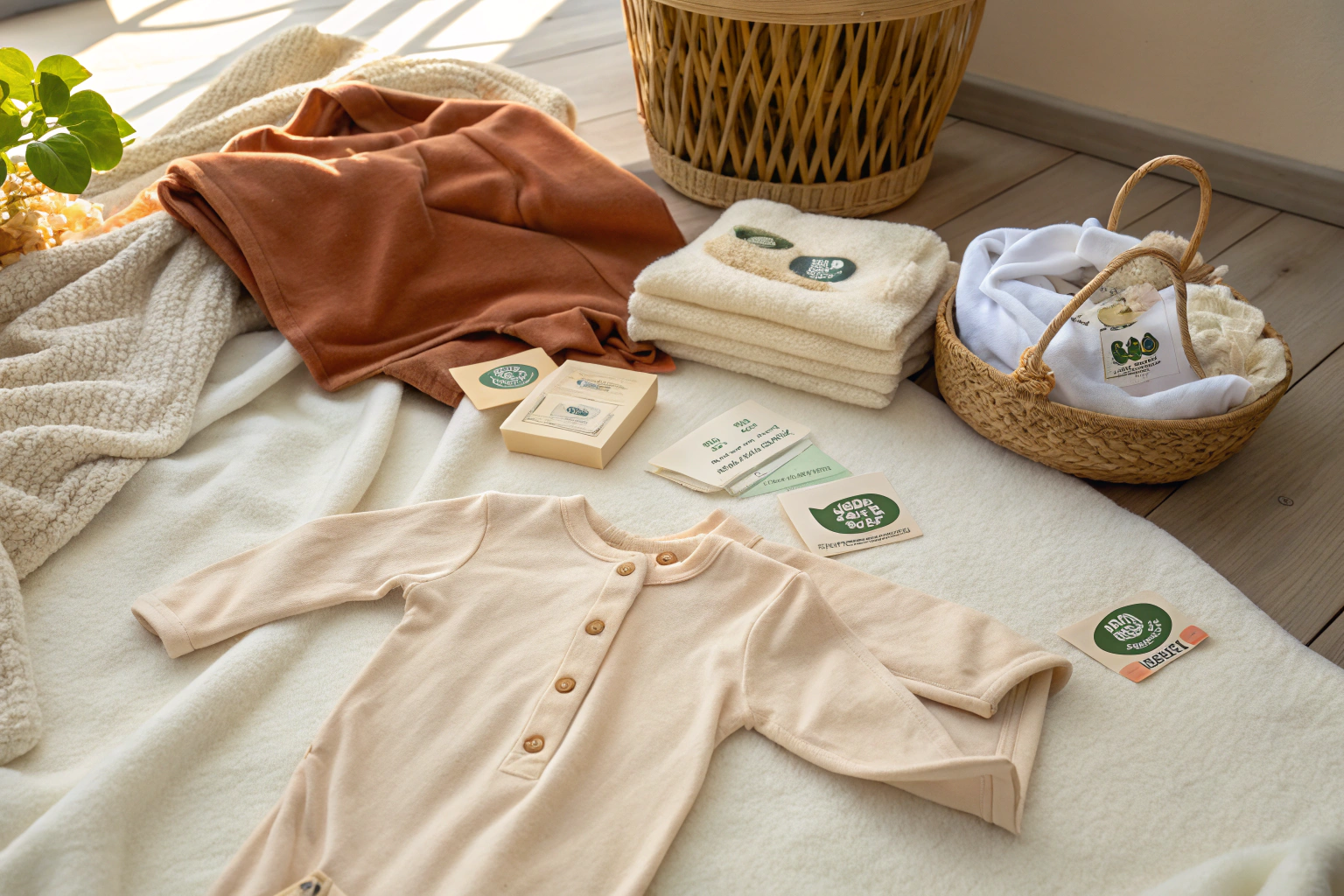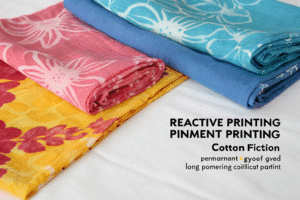Organic cotton velour is fast becoming a top choice among parents and baby product developers—and for good reason. With rising awareness about chemical-free living and growing interest in sustainable sourcing, today’s buyers aren’t just shopping for comfort. They’re looking for materials that deliver both safety and performance. If you're like Ron, a confident American apparel buyer who prioritizes both quality and supplier capability, this material checks all the right boxes. But what truly makes organic cotton velour so special for baby clothes, blankets, and accessories?
Organic cotton velour is soft, breathable, and naturally hypoallergenic, making it ideal for a baby’s sensitive skin. Its plush texture, sustainable sourcing, and dye-free options provide peace of mind to health-conscious parents worldwide.
As a wholesale fabric manufacturer in Asia with 20+ years of export experience, we’ve witnessed a 34% year-over-year growth in demand for this particular fabric. In this article, I’ll explain why organic cotton velour isn’t just a trend—it’s a long-term market opportunity. Read on to understand how your brand or factory can benefit from using this high-demand textile in your next baby collection.
What Are the Skin-Safe Benefits of Organic Cotton Velour?
Babies’ skin is thinner, more permeable, and more prone to irritation than adult skin. That’s why what touches their bodies matters—a lot. Unlike synthetic velour or conventional cotton, organic cotton velour is completely free from pesticides, formaldehyde, and harmful residues.
This plush fabric is naturally hypoallergenic, breathable, and moisture-wicking, making it ideal for contact with newborn and infant skin.
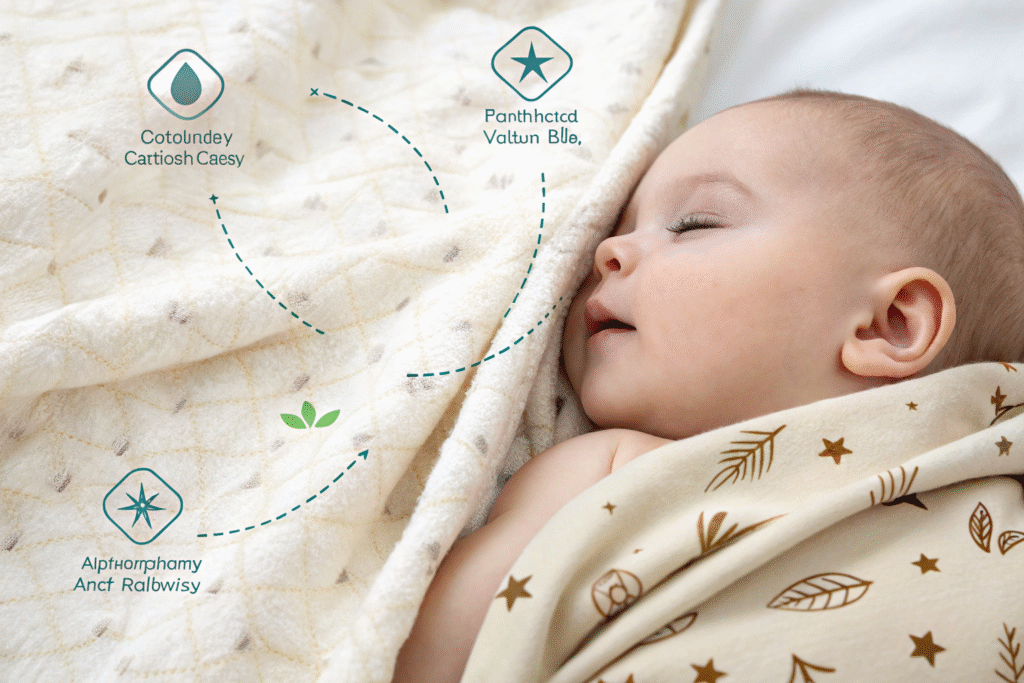
How Does Organic Velour Prevent Rashes and Irritations?
Because organic cotton velour is made without chlorine bleach, azo dyes, or synthetic softeners, it reduces the risk of contact dermatitis and allergic reactions. Its plush surface acts like a natural barrier against abrasions, unlike rougher knits or polyester fleece.
In fact, studies from organizations like OEKO-TEX and GOTS show that certified organic textiles significantly lower skin reactivity rates in infants. This gives your end customers—especially parents—confidence in their purchase choices.
Is Organic Cotton Velour Breathable in Warm and Cool Climates?
Yes. While velour feels cozy, the organic cotton base allows natural airflow, helping regulate body temperature in both summer and winter. Unlike polyester blends, which can trap heat, organic velour absorbs and releases moisture efficiently.
This breathability is why brands like Under the Nile and Burt’s Bees Baby often use organic velour in baby pajamas, rompers, and mittens.
How Durable Is Organic Cotton Velour for Baby Use?
As soft as it is, organic cotton velour is also a strong and durable fabric. This is key for baby products, which require frequent washing and heavy use. Many velour fabrics lose their luster or pill quickly, but the organic variant resists wear thanks to its natural long-staple fibers.
Our clients often report that baby clothes made with our velour last through 30+ washes without significant shrinkage or fuzzing.
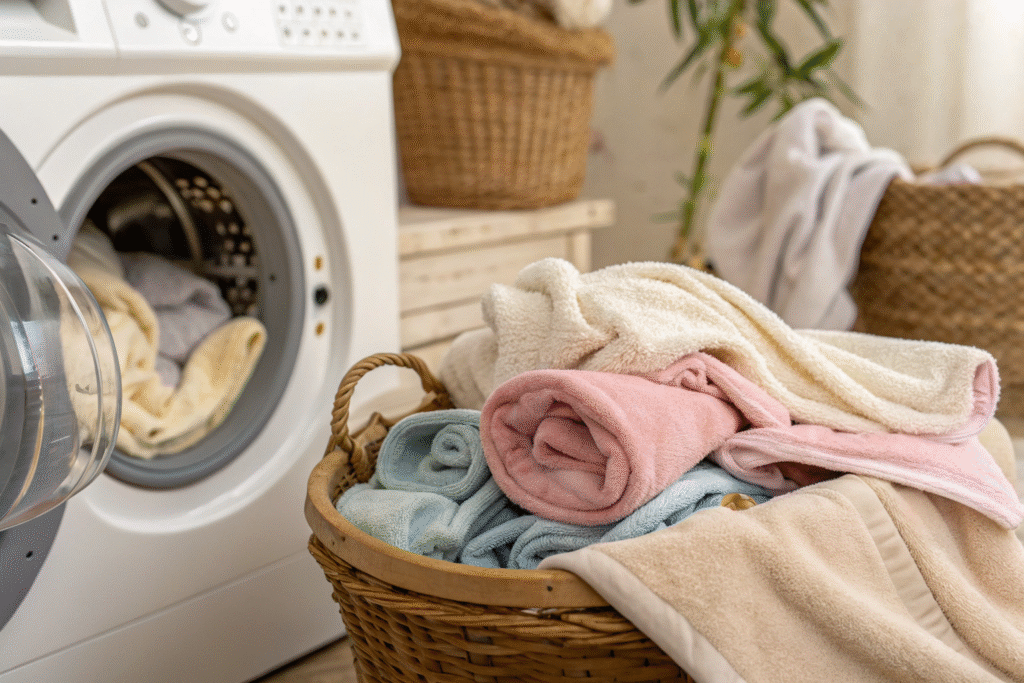
Does It Hold Up After Multiple Washes?
Absolutely. Organic cotton velour retains its shape, pile softness, and vibrant dye (if any) better than synthetic alternatives. This makes it a great material for items like baby robes, cloth diapers, and teething bibs that need frequent laundering.
To further improve longevity, we recommend using GOTS-approved pre-shrunk and reactive-dyed velour, which reduces color bleeding and stretching. You can learn more about these standards from the Soil Association or the Textile Exchange.
Is It Suitable for Machine Embroidery and Appliqué?
Yes, it handles embellishment surprisingly well. Organic cotton velour’s density supports stitching without excessive distortion. We’ve collaborated with factories that embroider up to 400 units/day using our velour fabric, proving its performance compatibility.
Consider using ballpoint needles and stabilizers when working with velour for precision embroidery. For baby brands adding custom logos or cute characters, this fabric allows creativity without compromise.
What Makes It a Sustainable Fabric Choice?
Organic cotton velour is not only good for the baby—it’s good for the planet. It supports low-impact agriculture and avoids synthetic fertilizers, pesticides, and GMOs during cultivation. This drastically reduces water pollution and biodiversity loss.
By using organic cotton velour, your brand aligns with global sustainability goals while appealing to eco-conscious parents and retailers.
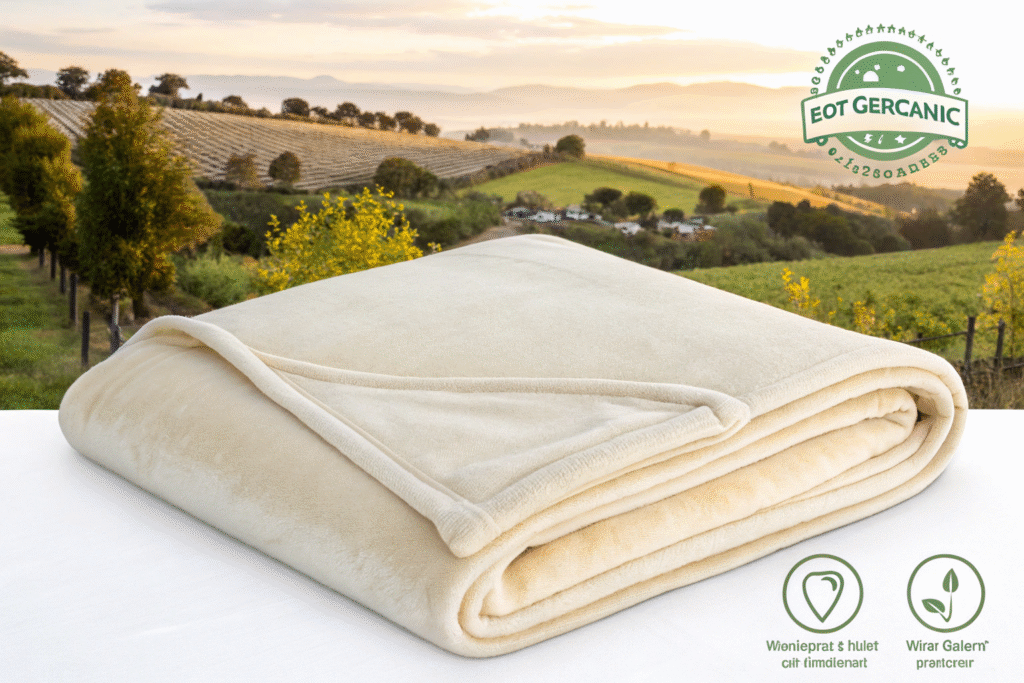
How Is Organic Cotton Velour Manufactured Sustainably?
The process starts with certified organic farms, often located in Turkey, India, or China’s Xinjiang and Hunan regions. The fibers are spun using water-saving methods and dyed (if at all) using GOTS-compliant low-impact dyes.
Factories like ours in Keqiao maintain sustainability across the entire production chain—from weaving to dyeing to packaging. Our CNAS-accredited lab ensures safety benchmarks are met, while Zhejiang Green Certification audits eco-footprints.
What Certifications Should I Look For?
Look for GOTS, OEKO-TEX 100, and GRS certifications on the fabric. These labels ensure non-toxic chemistry, traceable sourcing, and eco-responsible processing. If you're sourcing globally, demand these from your suppliers.
Many American retailers and Amazon sellers now require such certifications before listing products. This is a competitive advantage that Fumao Fabric can help you secure by providing real-time QR code traceability for each fabric roll.
How Can Brands Customize Organic Velour for Baby Lines?
Customization is where the real magic happens. Organic cotton velour works beautifully with a variety of fashion-forward baby styles—from minimalist Scandi neutrals to pastel-printed characterwear. And because it's available in GOTS-compliant white or unbleached states, it’s easy to overdye or screen print.
At Fumao Fabric, we support everything from lab dips to branded packaging, helping you streamline your custom baby line production.
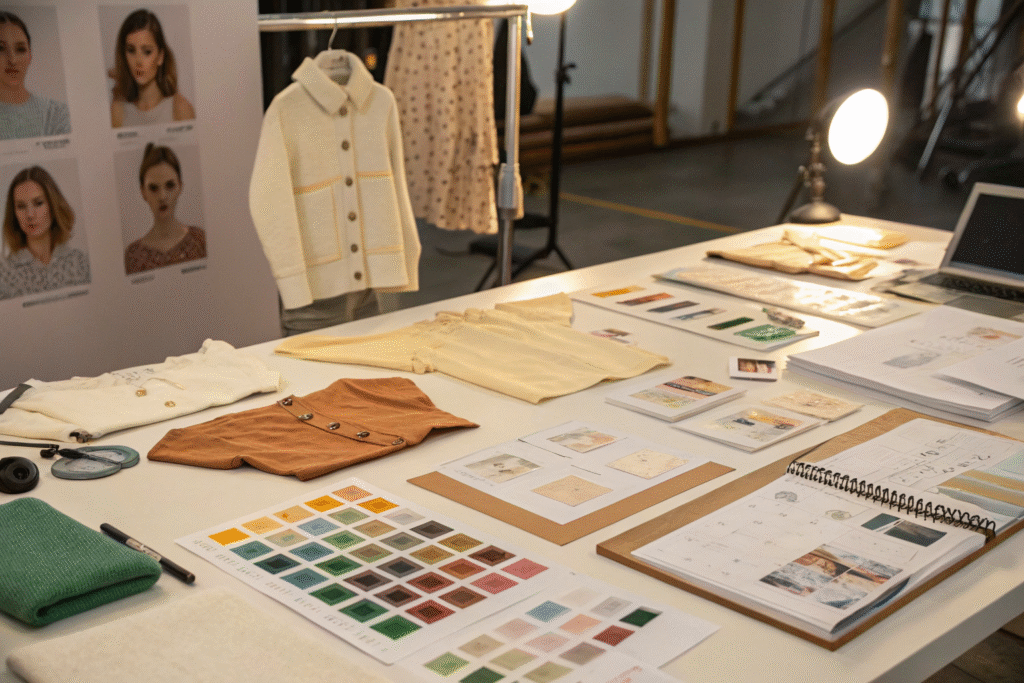
What Design Options Work Best with Organic Velour?
You can go for dyed solids, soft embroidered logos, or full-body prints. It's especially good for hooded onesies, sleep sacks, and cuddly plush toys. Our factory partners often use flock or foil printing to create limited-edition babywear sets.
We also offer custom tech packs, Pantone-matched dyeing, and laser cutting services on velour to help clients develop one-of-a-kind products. Resources like Pantone Color Systems and Adobe Textile Designer can help plan designs efficiently.
How Does MOQ Affect Custom Velour Orders?
Our standard MOQ starts from 300 meters per color, which suits both boutique brands and mid-size wholesalers. For startup clients or U.S.-based Amazon sellers, we also provide small batch development services with surcharge-based pricing.
Thanks to our flexible supply chain in Keqiao, we can provide strike-offs within 48 hours and bulk delivery in as fast as 10-15 days. This agility is a major advantage for seasonal drops and capsule collections.
Conclusion
Choosing organic cotton velour for baby products isn’t just a decision about softness or aesthetics. It’s a long-term investment in health, safety, durability, and environmental responsibility. With organic textiles expected to dominate over 60% of the premium babywear segment by 2027, this material gives your brand both credibility and differentiation in a competitive market.
If you’re sourcing babywear fabric for the U.S., European, or Southeast Asian markets, now is the time to explore this versatile option. Our company, Fumao Fabric, stands ready to help you with everything from yarn sourcing to shipping and customs clearance. We invite you to co-create your next babywear line with us. To get started, reach out to our Business Director Elaine at elaine@fumaoclothing.com. Let’s build something safe, soft, and sustainable—together.

